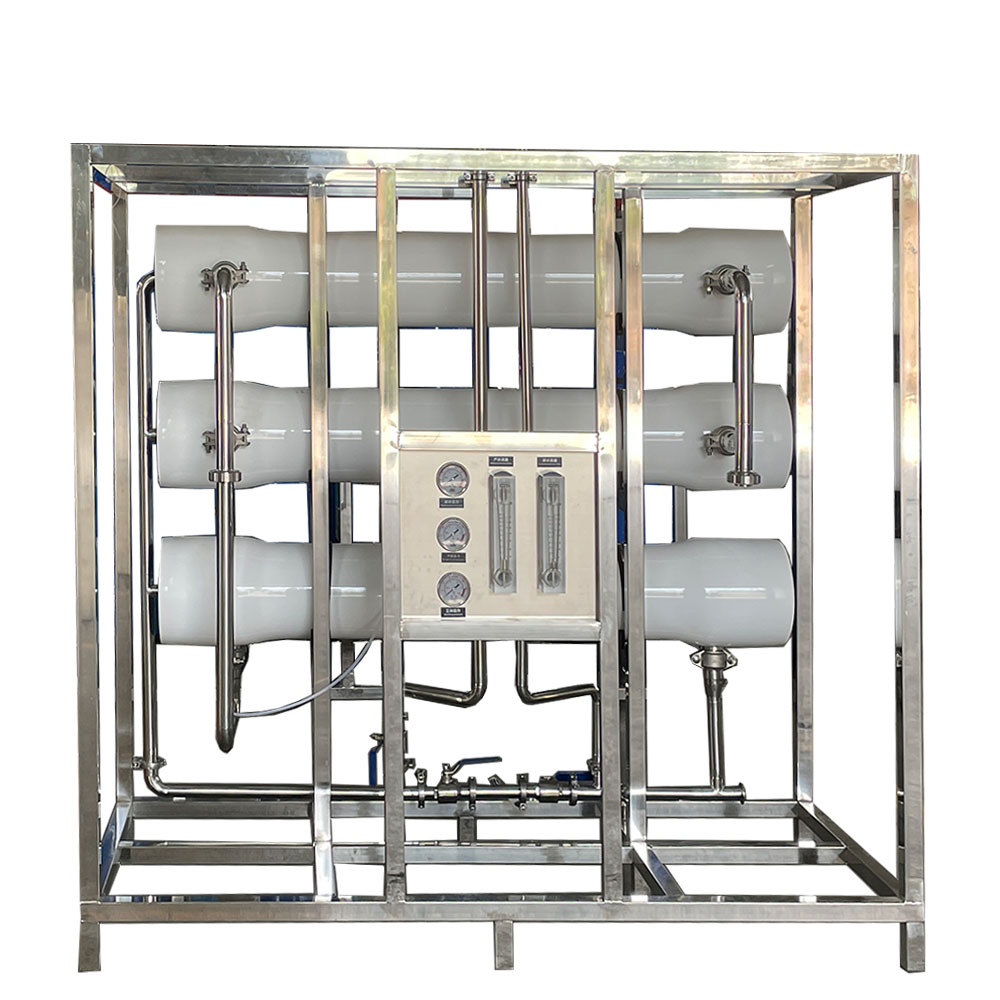What kinds of contamination do reverse osmosis membranes usually receive?
The use effect of reverse osmosis membrane has been recognized by many users, it is also the core composition of various water treatment equipment, by choosing the right reverse osmosis membrane products to achieve the desired water quality, reverse osmosis membrane in the process of use often encounter a problem, that is, there will be pollution phenomenon, and the type of pollution is not the same. Different pollution needs to be solved in different ways, the following small series to introduce you to what kinds of pollution reverse osmosis membrane is usually subjected to.
Reverse osmosis membrane pollution is a very difficult problem, it will not only cause the system to reduce water production, desalination rate, but also increase the operating pressure of the system, indirectly resulting in an increase in operating costs. Common membrane pollutants include organic/colloidal contamination, microbial contamination, etc.
1. reverse osmosis membrane organic/colloidal pollution:
The absorption of organic matter in the water on the surface of the reverse osmosis membrane element will cause the loss of flux, which often occurs in the first section of the system, resulting in a decrease in water production and an increase in pressure difference in a section. When opening the inlet side of a section of the reverse osmosis membrane shell, it will be found that there are viscous pollutants on the end face of the membrane element.
2. reverse osmosis membrane microbial pollution:
It often occurs in the first section of the system, resulting in a decrease in water production, a decrease in desalting rate, an increase in pressure differential, open a section of reverse osmosis membrane shell inlet side inspection, will find viscous pollutants, accompanied by odor. When biological fouling is serious, the pressure drop in the front section of the reverse osmosis membrane system will increase significantly, which will produce extremely high resistance to the influent water flow, and it is easy to cause the telescope phenomenon at the influent end of the reverse osmosis membrane element, and the grid phenomenon will occur at the concentrated water end.
3. reverse osmosis membrane flocculant/scale inhibitor pollution:
When polymeric organic scale inhibitor meets polyvalent cations such as aluminum or residual polymeric cationic flocculants, colloidal precipitates will be formed, seriously contaminating the reverse osmosis membrane elements in the front section. Often occurs in the first section of the system, resulting in a decrease in water production, an increase in pressure differential, for polyaluminum pollution, security filter element and reverse osmosis membrane end face there will be yellow.
The introduction of which kinds of pollution the reverse osmosis membrane is usually subject to is here, the impact of the reverse osmosis membrane pollution on the use is very large, so we should find the pollution situation in time, and then use the correct method to solve, reduce the impact on the use of. At the same time, measures should be taken to prevent the appearance of pollution when using.


